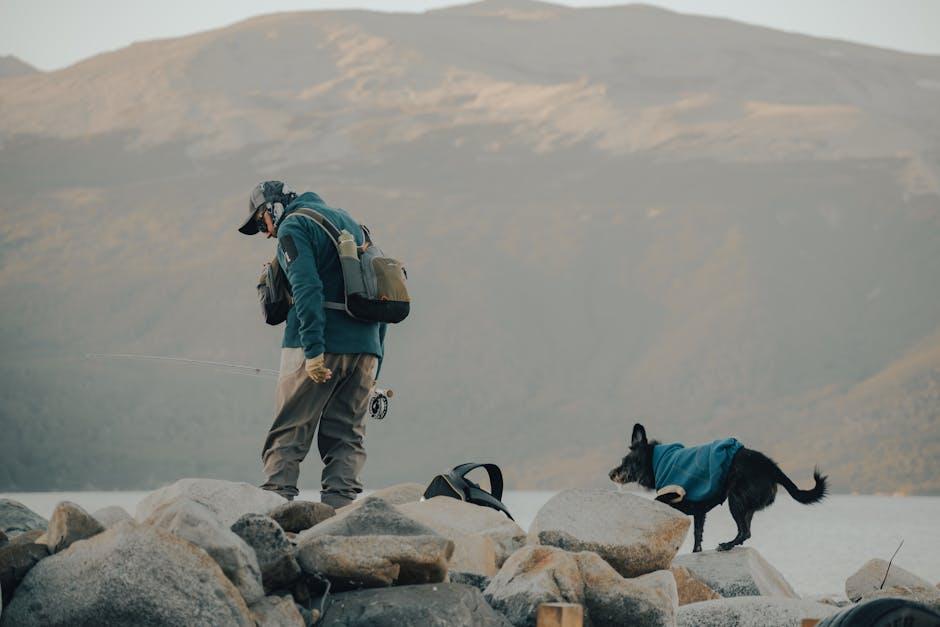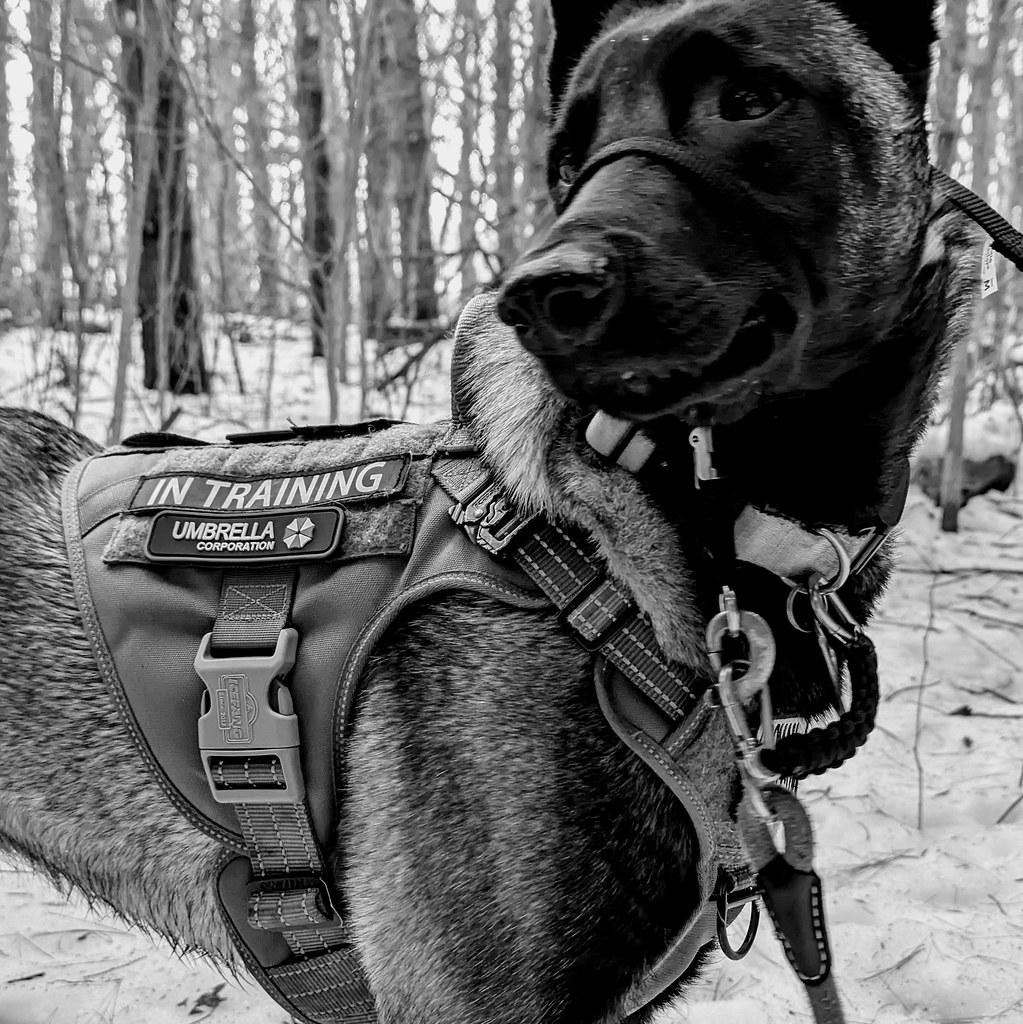Walking your dog should be an enjoyable experience for both you and your furry friend, a chance to bond while exploring the world together. However, when your dog is constantly pulling on the leash, these walks can become more of a chore than a pleasure. Learning how to train your dog to walk on a loose leash not only transforms your outings into stress-free adventures but also strengthens the trust and communication between you and your pet. In this article, we’ll guide you through effective techniques and practical tips to help your dog master the art of loose leash walking. Whether you’re a seasoned dog owner or a first-time pet parent, these strategies will pave the way for more harmonious and enjoyable walks.
Understanding Your Dogs Behavior and Motivation
Understanding what drives your furry friend can make a world of difference in training sessions. Dogs, like people, have their unique personalities and motivations. Some are food-driven, eagerly responding to treats, while others may be more motivated by praise or play. Recognizing what your dog values most can transform a frustrating walk into an enjoyable experience for both of you.
- Observe your dog’s reactions to different rewards. Is their tail wagging more with a treat, or do they perk up when you praise them?
- Experiment with various motivators. Mix treats with verbal praise or their favorite toy to see what combination works best.
- Stay consistent with your approach. Dogs thrive on routine, and a consistent reward system will reinforce desired behaviors.
- Be patient and attentive. Each dog learns at their own pace, so stay tuned to their needs and adjust your strategies accordingly.
By tailoring your training methods to align with your dog’s motivations, you’ll not only foster a stronger bond but also make strides in achieving that coveted loose-leash walk.

Choosing the Right Equipment for Comfortable Walks
Ensuring your walks are enjoyable and stress-free begins with selecting the proper gear. Comfortable, well-fitted equipment not only helps your dog feel secure but also aids in effective training. Here are some essentials to consider:
- Harness vs. Collar: A harness is often more comfortable and offers better control without putting strain on your dog’s neck. Choose one with adjustable straps for a snug fit.
- Leash Length: Opt for a leash that’s about 4 to 6 feet long. This length gives your dog freedom to explore while still allowing you to maintain control.
- Material Matters: Leashes made from materials like nylon or leather are durable and provide a good grip. Reflective stitching can be a bonus for evening walks.
- Weather-Appropriate Gear: Depending on the climate, you might need additional gear such as raincoats or booties to keep your dog comfortable.
Choosing the right equipment sets the foundation for successful leash training. Remember, every dog is unique, so take the time to find what works best for both of you.

Step-by-Step Guide to Teaching Loose Leash Walking
To transform your daily walks into a pleasant experience, start by choosing the right equipment. A comfortable harness and a standard leash (about 6 feet) work best. Avoid retractable leashes, as they can encourage pulling. Consistency is key, so practice in a distraction-free environment initially, like your backyard or a quiet park. Begin by holding the leash loosely and standing still. When your dog turns towards you or moves close without pulling, reward them with a treat. This reinforces the behavior you want to see.
Once your dog is accustomed to staying near you, introduce the “let’s go” cue. Whenever you start walking, say the cue cheerfully. If your dog starts to pull, stop walking immediately and wait for them to return to you. When they do, praise them and resume walking. Incorporate short, frequent sessions to maintain enthusiasm and gradually increase distractions as your dog improves. Remember to keep sessions positive and end on a high note, ensuring your furry friend associates loose leash walking with a rewarding experience.
- Stay patient and calm – Frustration can hinder progress.
- Be consistent – Use the same cues and methods each time.
- Celebrate small victories – Every step forward is a win!
Troubleshooting Common Loose Leash Walking Challenges
Encountering a few bumps on the road to perfect loose leash walking? You’re not alone! Here are some common challenges and how to tackle them:
- Pulling: If your dog constantly pulls, it might be due to excitement or an eagerness to explore. To address this, try stopping immediately when they pull and only resume walking when the leash is slack. This teaches them that pulling doesn’t get them where they want to go.
- Distractions: Dogs are naturally curious, and a passing squirrel or another dog can derail your training session. To manage this, practice in a low-distraction environment and gradually introduce more stimuli. Reinforce their focus on you with treats and praise when they resist the urge to chase after distractions.
- Lack of Engagement: Sometimes, your dog might seem uninterested in the walk. Use toys or high-value treats to keep them engaged. Make the walk fun by changing your pace or direction and offering rewards when they follow you attentively.
Remember, consistency is key. With patience and practice, these challenges can be transformed into opportunities for growth and bonding with your furry friend.

